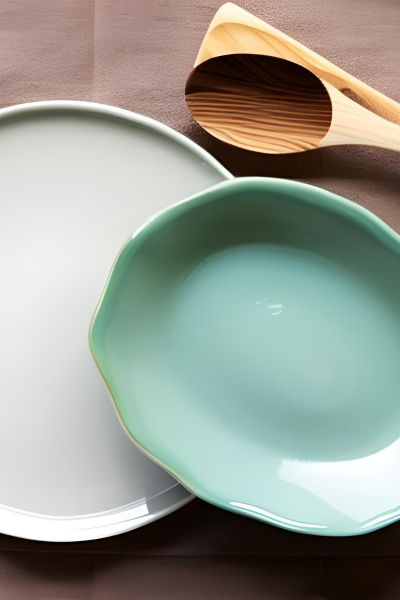Underglaze Recipes: A Guide to Creating Beautiful Ceramic Art
Underglaze Recipes. As a ceramic artist, one of the most important aspects of creating beautiful and unique pieces is the underglaze recipe used. Underglaze is a type of ceramic colorant that is applied to the surface of the clay before firing, and can create a range of effects, from bold and bright colors to subtle and nuanced shading. In this article, we will explore the basics of underglaze recipes, how they work, and how to create your own unique underglaze colors and designs.
Understanding Underglaze Recipes: Basics and Benefits
Underglazes are a popular choice among ceramic artists because they allow for a range of effects that are not possible with other types of colorants. Unlike glazes, which can sometimes run or pool during firing, underglazes remain fixed in place and provide a stable base for other layers of glaze or decoration. They can be applied to bisque-fired clay or directly to wet clay, and are often used in conjunction with glazes or other surface treatments to create a unique look and texture.
There are several types of underglaze recipes available, including commercial products, premixed colors, and DIY recipes that can be made from scratch. Some artists prefer to use commercial underglazes because they offer a consistent result and can be easily mixed and applied. Others prefer to make their own underglazes because they can be more cost-effective and offer a wider range of colors and effects.
DIY Underglaze Recipes: Creating Your Own Colors and Effects
If you are interested in creating your own underglaze colors and effects, there are several recipes and techniques to consider. One popular method is to mix ceramic stains or oxides with a base medium, such as water, gum arabic, or frit. This allows you to create a range of colors and effects, from bright and bold to subtle and nuanced.
Another technique is to use a resist, such as wax or tape, to create a design or pattern on the clay surface before applying the underglaze. This creates a unique look and texture that can be enhanced with additional layers of glaze or surface treatment.

Choosing the Right Underglaze Recipe for Your Project
When choosing an underglaze recipe for your project, it is important to consider the type of clay you are using, the firing temperature, and the effect you are trying to achieve. Some underglazes are designed specifically for use with low-fire clays, while others are better suited to high-fire or mid-fire clays.
Additionally, some underglazes are opaque, while others are translucent or semi-transparent. This can affect the final look of your piece and should be taken into consideration when choosing a recipe.
Tips for Applying and Firing Underglazes
Once you have chosen an underglaze recipe, it is important to follow the instructions carefully to achieve the best results. Here are some tips to keep in mind:
- Apply the underglaze evenly and with a light hand to avoid streaking or blotching.
- Allow the underglaze to dry completely before applying additional layers or glazes.
- Fire the piece according to the recommended temperature and firing schedule for the underglaze recipe.
- Consider adding a layer of clear glaze over the underglaze to enhance the color and protect the surface.
Conclusion
Underglaze recipes are an essential part of creating beautiful and unique ceramic art. Whether you prefer to use commercial products or create your own DIY recipes, understanding the basics of underglaze application and firing can help you achieve the look and effect you desire. Experiment with different colors, techniques, and surface treatments to create one-of-a-kind pieces that reflect your personal style and creativity.
